Pittsburgh Skyline
An intricate skyline of Pittsburgh which aims to meet (or exceed) the high bar of official LEGO Skyline sets.
I’m excited to share my LEGO model of Pittsburgh which is built in the style of the LEGO Architecture series. The model adheres to the design rules followed by previous official sets, but with a 37° twist. That’s right, I’ve gone off the grid to more accurately reflect the geography of the City of Bridges.
This article focuses on the build process and the selection of buildings/landmarks I decided to include in the final model. I’ve also included photos of the model, as well as excerpts from the building instructions. (A future article will use this model as a case study to explore how to create better LEGO Skylines of your favorite city.)
Contents
The model includes 495 pieces, but just 105 unique elements (including a custom-printed “Pittsburgh” nameplate). Easy-to-follow building instructions and the small number of unique parts was the result of a deliberate design process that mimics the review process that The LEGO Group follows to produce official LEGO sets. (Earlier drafts used closer to 150 unique parts and were not as structurally sound.)
The custom kit was designed at the request of Bob Kueppers. (He provided a copy of #21038 Las Vegas Skyline, the (nearly) unreleased version of the Las Vegas Skyline containing the Mandalay Bay instead of the Bellagio.) It’s a pleasure to return the favor with this custom skyline based on a city that probably won’t be featured in an official set.
The parts were carefully inventoried and bagged for shipping. This resulted in about a dozen small bags containing around 50 parts each. A detailed instruction booklet was designed using Bricklink Studio and Adobe InDesign. Instead of a one-page spread at the beginning of the booklet for each landmark featured in the model, I included inset photos and text about each building throughout the building instructions.
Build Process
The model begins the same way as every other skyline—by assembling a sturdy base. After a few very straightforward steps, we build a carefully designed sub-assembly which will be installed at an angle.
Folks who look back fondly on Geometry class may be able to immediately recognize the trick I employed. It turns out that a triangle with sides of length 3, 4, and 5 is a right triangle. The front edge of the module which will contain the stadium is 10-studs long; exactly double the length of the longer side of a 3-4-5 triangle.

Yellow plates are hidden in the base as an homage to the cities popular black and gold color palette.
Point State Park & Fort Duquesne Bridge
Pittsburgh is strategically situated at the confluence of the Monongahela and Allegheny rivers. The very point where they meet was once a fort, and is now a beautiful state park. A circular fountain was installed at the point in 1974, and the Fort Duquesne Bridge directly behind it was completed in 1969.
Most importantly, the model includes a small amount of water on both sides of the point. The point itself was made possible by two new LEGO components released just last year: 4×2 Wedge Plate, Pointed (parts: 65426 & 65429).
Heinz Field (Home of the Pittsburgh Steelers)
While the fact that my wife is a Steelers fan may have slightly influenced my decision to include Heinz Field in the model, the reality is that the massive sports stadium is a key landmark in the city since it is positioned on the North side of the river, directy opposite from Point State Park. Including the stadium anchored the riverfront as a key element of the model.
As you can see in the photos, I took some liberties to ensure that the completed model is similar in size to the official sets. In addition to a smaller scale for the front facade of the stadium than the rest of the buildings in the model, it is much less deep than the real stadium. A hinged panel on the back of the assembly gives the illusion of greater depth when viewed from the front.
PPG Place Tower
PPG Place Tower is the tallest of several buildings in a multiple block development in the heart of downtown. The buildings are clad in a dark glass exterior, with simple triangular protrusions at regular intervals. This is most evident in the taller PPG Place Tower building, which has an exerior form that looks like a stripped-down version of the Gothic-influenced Skyscrapers that was popular just before the Art Deco period.
This approach of taking a classic form, stripping it to it’s essence, and re-creating it using modern materials was a hallmark of Postmodern Architecture. This makes a lot of sense, since the building was designed by architects Philip Johnson & John Burgee. Johnson in particular developed his craft in the Modernist period, but is probably better known for helping to popularize the Postmodern style.
U.S. Steel Tower
When viewed from certain angles, the U.S. Steel Tower appears to be an unremarkable late Modernist skyscraper. But from a few degrees to the right or left, you quickly realize that it is actually a triangle. This creates an interesting appearance on the Pittsburgh skyline, where it is the tallest building, but also presents a challenge to re-create using LEGO.
While no Technic elements are immediately visible on the model’s exterior, it relies heavily on Technic parts to achieve this unusual shape. Simply put, the model is built as three separate modules that “zipper” together along the edges. Technic axles are slid into place from the top and bottom to lock the model in place. A small brick-built assembly is attached to a two-stud high gap near the top of the model, giving it a clean finished appearance.
In the same way that Red, White, and Blue parts are hidden in the #21046 Empire State Building set, I the Pittsburgh Steelers colors (Gold, Blue, and Red) in the US Steel Building model. The colors aren’t visible in the completed model, but make it easier to assemble. (The base of the model also has two long yellow plates hidden within.)
Cathedral of Learning
Last, but not least, the Cathehdral of Learning is an elegant but slender skyscraper that was designed and built as aesthetic preferences were shifting from the more ornate Skyscraper Gothic style to the more streamlined Art Deco style that followed.
Since it is the only building in the model that’s not located in the heart of downtown Pittsburgh, I included a small copse of trees on the left side of the model to signify the residential communities and parks between the two sections of the city. Even with this liberty, the position of the buildings in the model is more “realistic” than most of the official sets.
More like this?
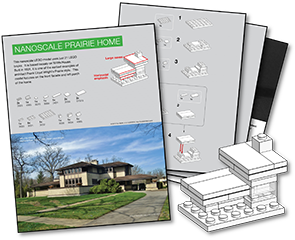
Subscribe to the Brick Architect newsletter for early access to exclusive content, the latest articles, and updates to the Printable LEGO Brick Labels, LEGO Storage Guide, and my book The LEGO Architect.
Conclusion
Since this isn’t meant to be a review, I’ve decided to wrap things up by highlighting a few of the details that I am most proud of. Chief amongst them is the technique used to attach the stadium at an angle using a 3:4:5 triangle. It’s rewarding to figure out how to make details like this work, and share useful techniques with other builders!
I also love that the finished model accurately reflects the relative position of each building in the finished model. The order matches the view of the city from the top of the Monongahela Incline, an unusual type of train that climbs the steep hillside on the south side of the river. Matching the order of the landmarks to the geography of the real city is a detail often neglected in the official LEGO Skyline sets.
Lastly, I am pleased that I was able to achieve a very consistent 1:2230 scale across the four buildings on the right side of the model. This is very important to me… since the buildings in a LEGO Skyline model are placed right next to one another, I want to make sure that viewers can visually compare the size of the real buildings. I am especially pleased to highlight how tall and slender the Cathedral of Learning really is—a bit shorter than many modern skyscrapers, but still an impressive structure!

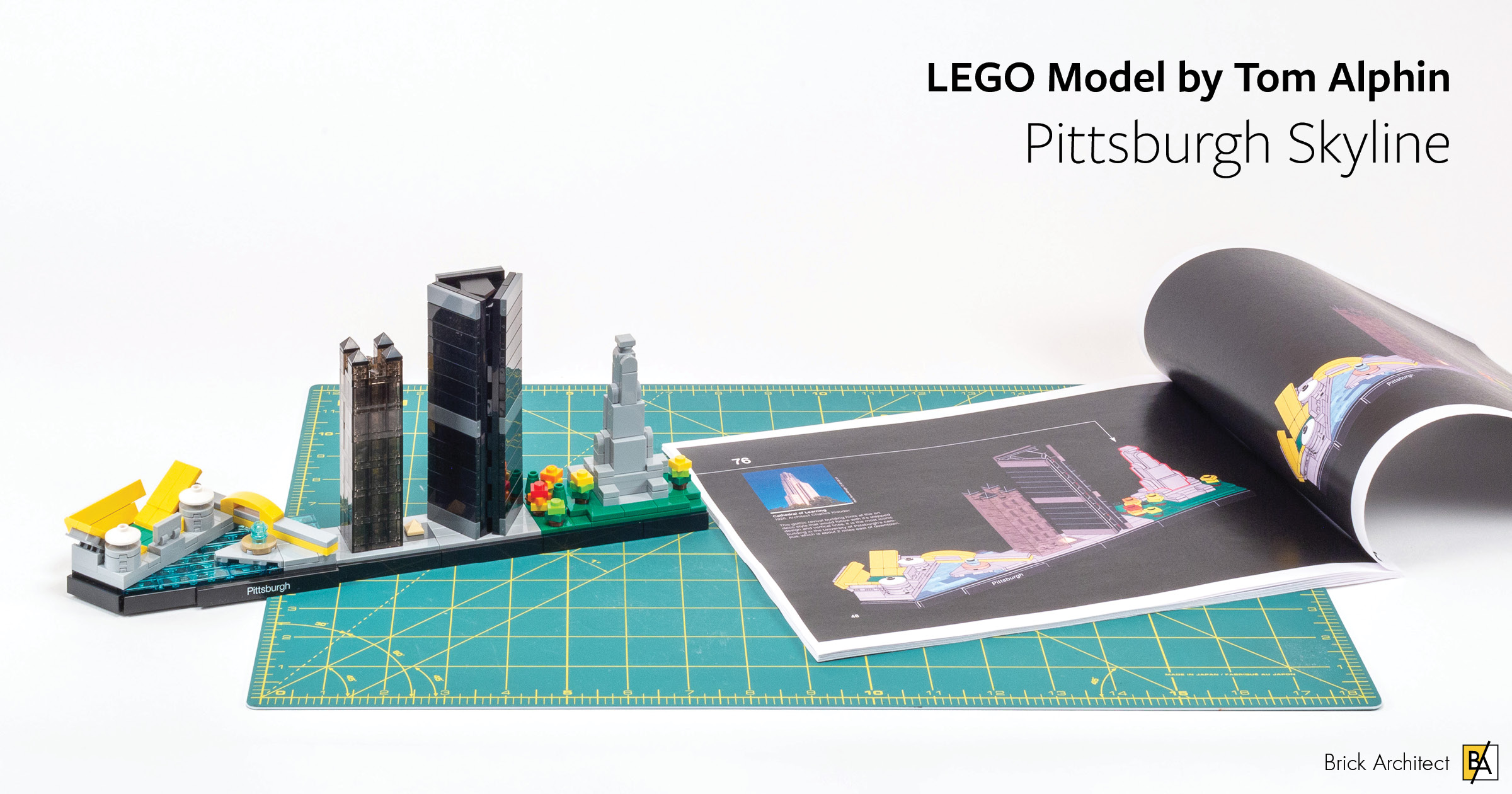
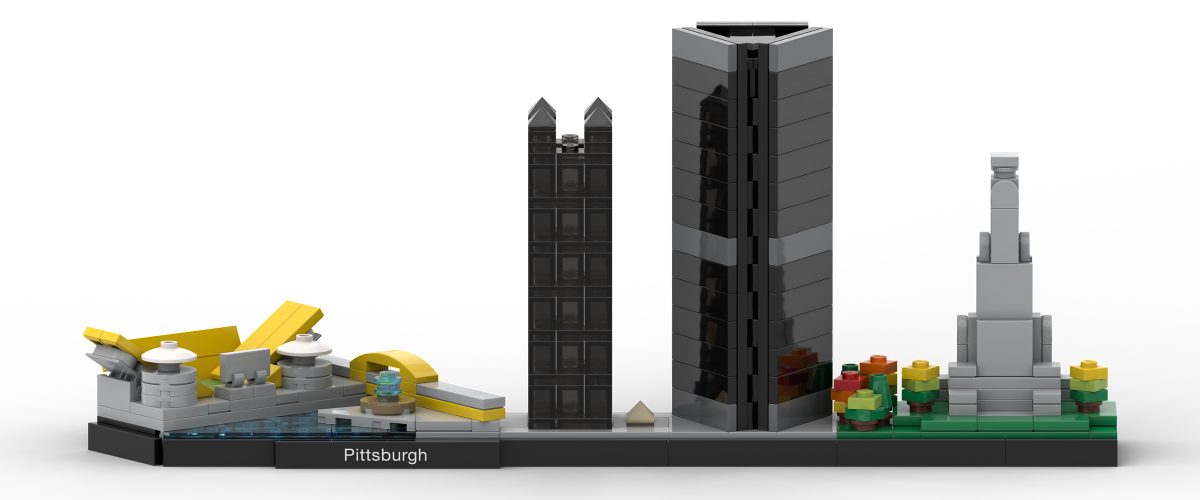
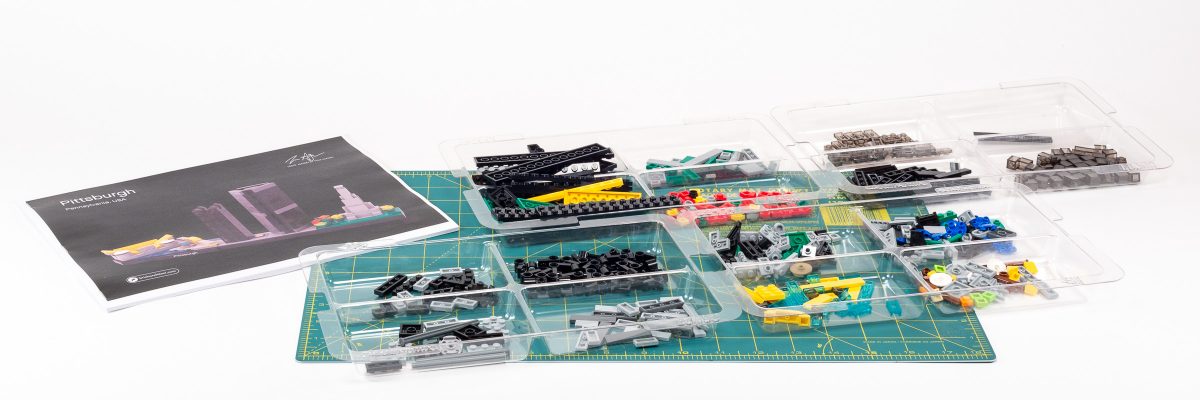
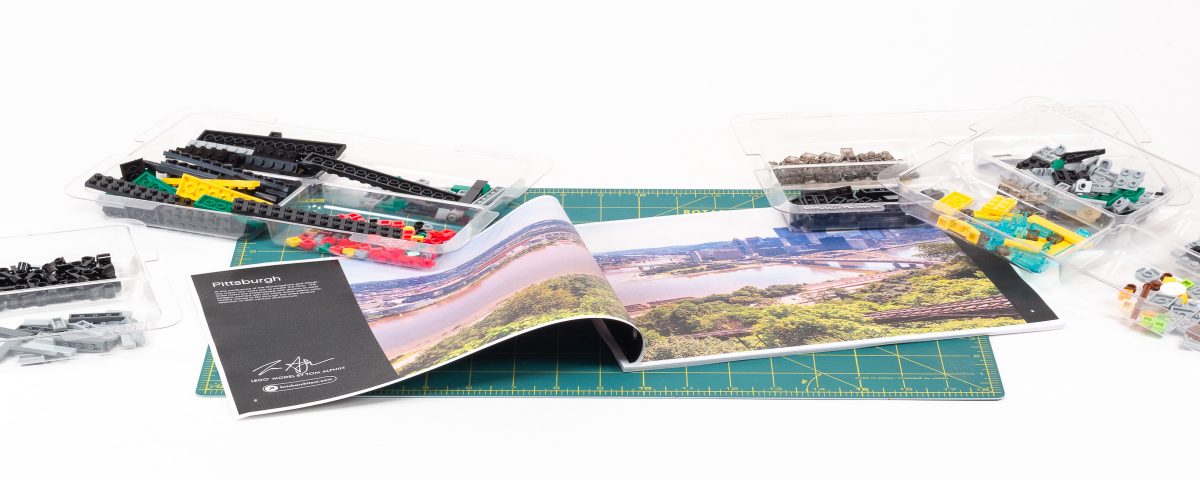
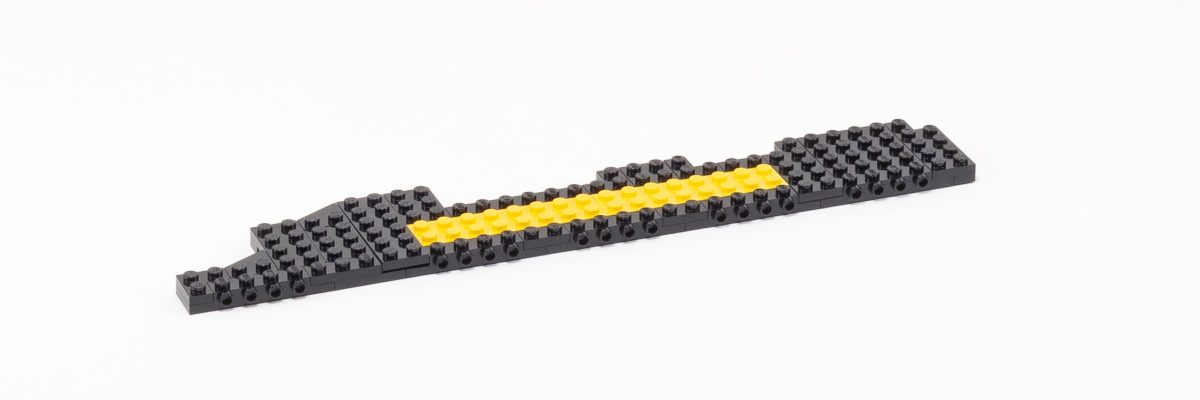
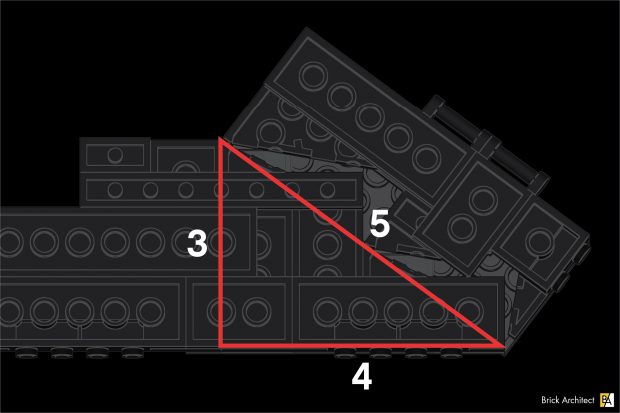
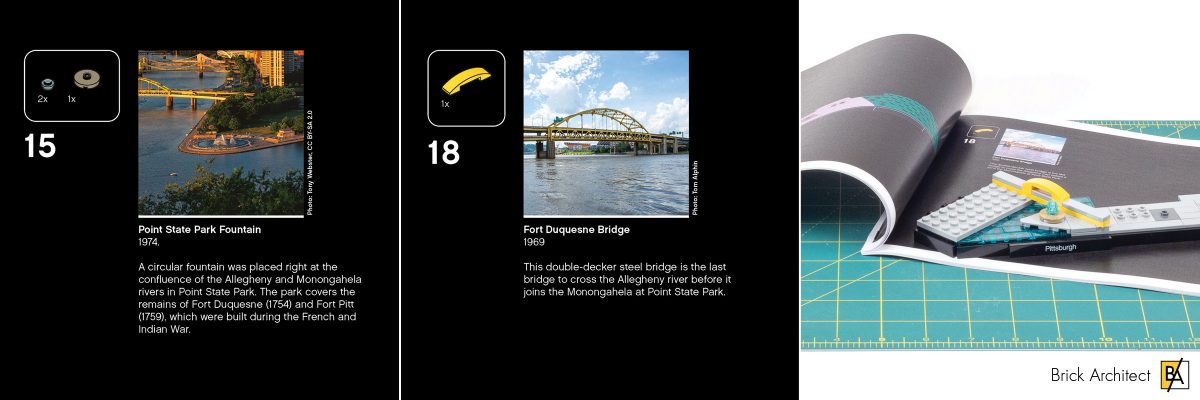
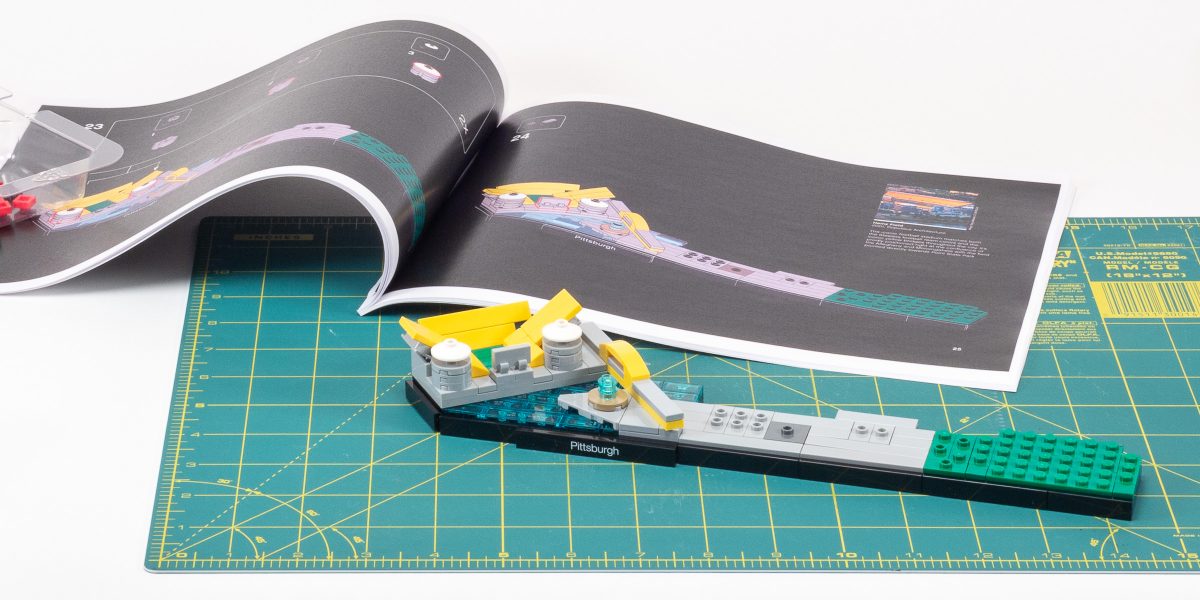
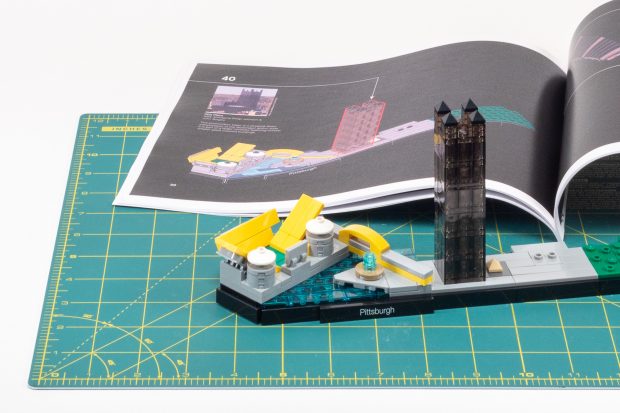
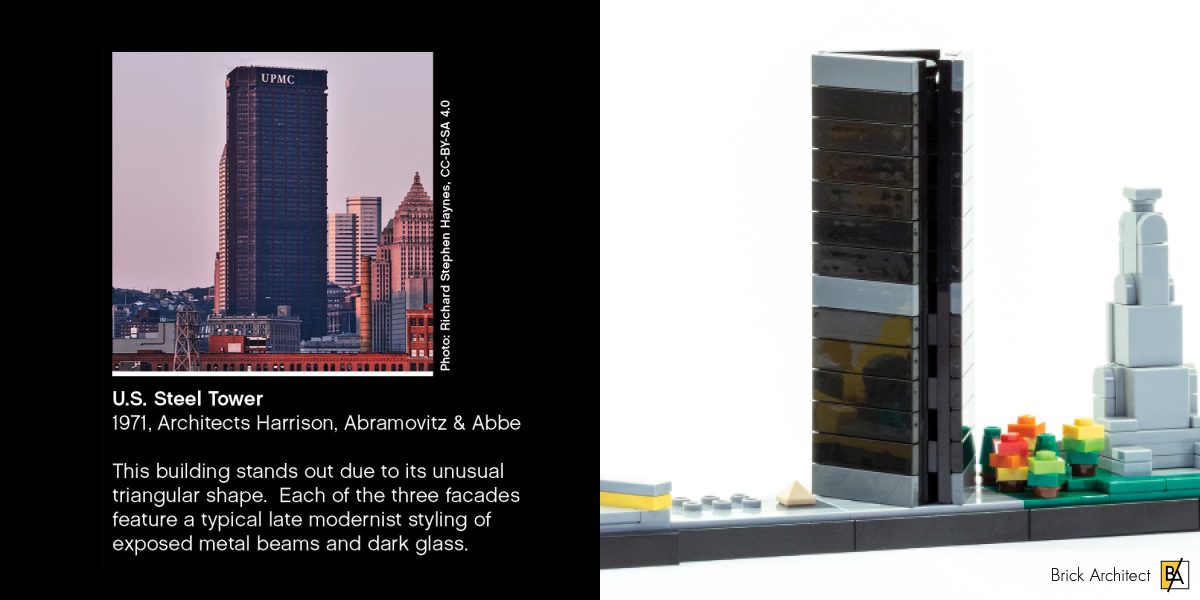
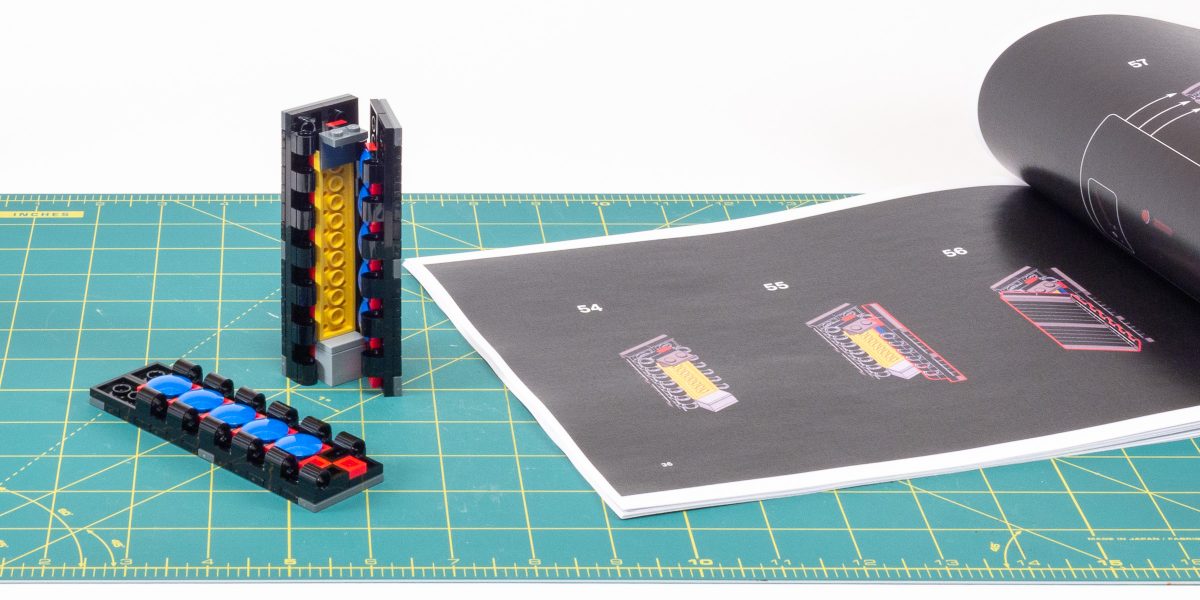
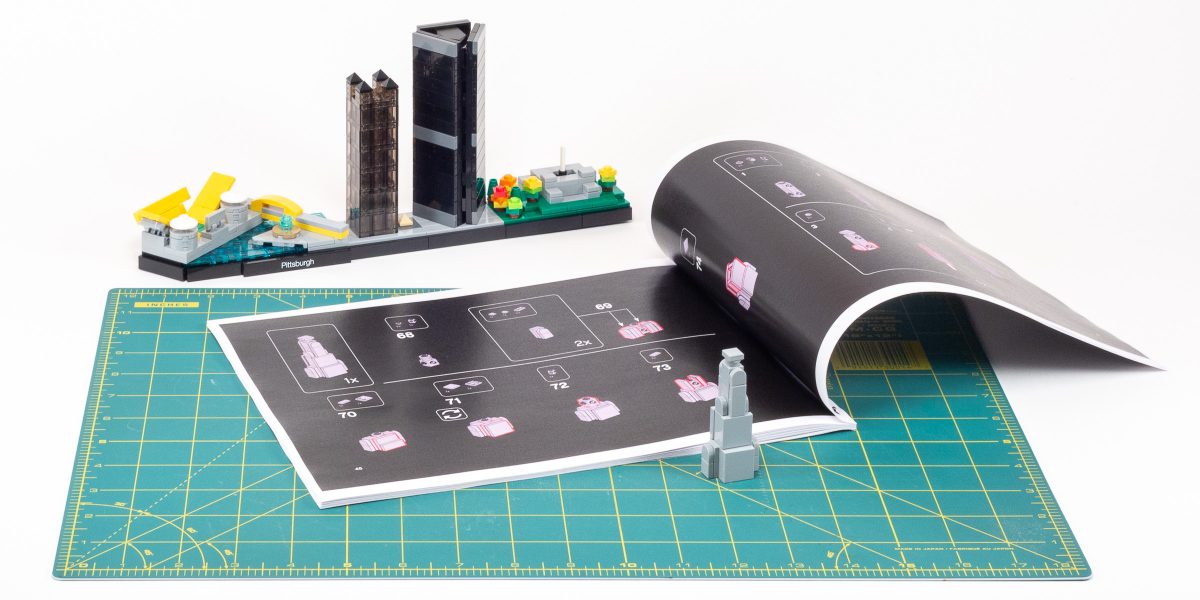
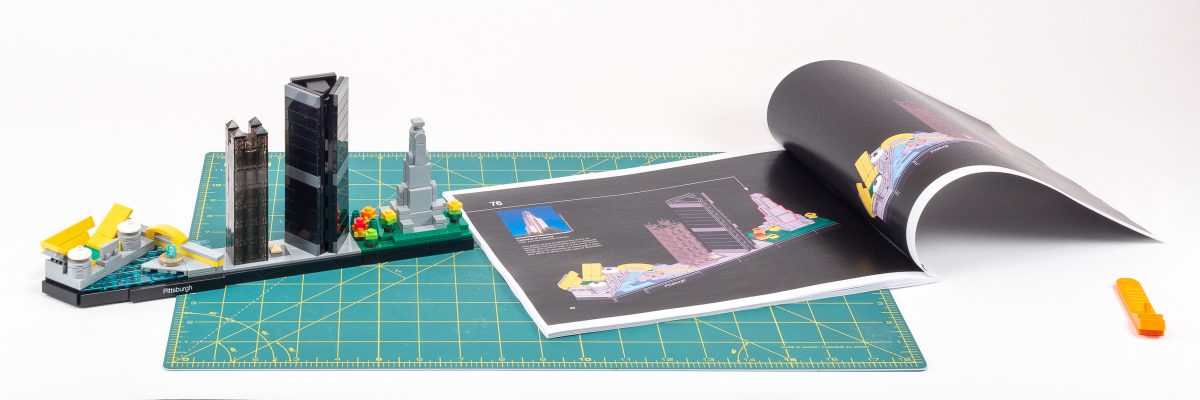
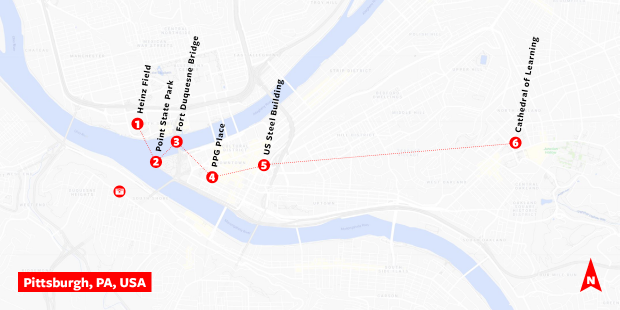
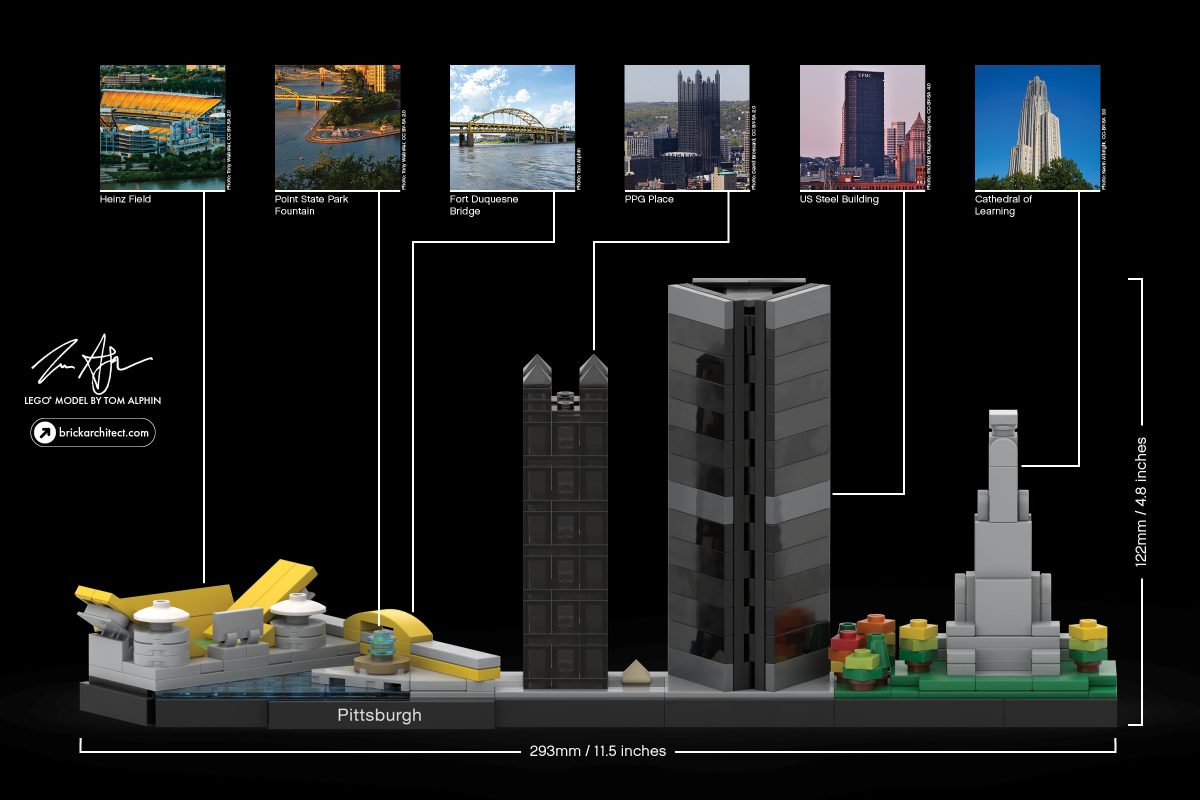
Amazing build that captures the city well.
I was curious if you were yet able to share the instructions for this build? I’d love to build this for my mom. Would be happy to pay you or make a donation on your behalf for the instructions.
Bryan, I have not made the instructions (or pre-packaged sets) available, sorry. If I decide to do this in the future, I will let folks know on my email newsletter know.
—Tom
Fantastic build, and love the attention to detail in replicating the experience with a Lego Group Skyline build. Pittsburgh is difficult to pin down as far as what to include, but I think you hit all the right notes. I created a skyline for my own city: Rochester, and it was a great experience, so I’m looking forward to your follow-up article on building custom skylines.
This is pretty amazing. My wife is from Pittsburgh and she thought they were perfect representations of the city.
Any chance of sharing the instructions? Would love to build a copy.
I’m not able to share the instructions at this time. If that changes, I’ll let folks on my mailinglist know!
Is this available now?
This is a custom model which I designed, so unfortunately it is not available to purchase.
A few years back I made a skyline for Norfolk and Portsmouth, Virginia, the two central cities in the Hampton Roads metro area where I live. I submitted them separately for an Ideas contest at the time, but originally I built it on an X-shaped base with the Elizabeth River and a Nimitz-class aircraft carrier in the middle.
This is wonderful, Tom! Great job on a very authentic looking skyline.
Would you mind sharing where you got the nameplate printed? I’m working on several different skylines also, and would love to get nameplates made for them, too.
Also, will you be sharing the instructions or parts list for this anywhere?
I’m not usually very keen on mixing in MOC skylines to the official ones, but this looks like it would blend in perfectly.
The printed tile was done by bricksanity.com which is located in the UK. There are several other companies that do a good job, including brickengraver.com in the USA.
Love this! As a proud Pitt alumnus, I’m thrilled to see the Cathedral of Learning among so many iconic buildings and bridges!
Love your attention to detail. Wish Lego would do one of Copenhagen, Denmark! Any chance you are going to be selling sets of Pittsburgh? Would love one. Thanks.
Wow, a great model and an interesting article. I love how you went out of your way to recreate the experience of a genuine LEGO skyline set with the detailed instructions and the whole styling. The finished skyline is amazing, especially with the angled base and the small details that hold it all together and make it a coherent model, like the water accents and the autumn trees. I’m looking forward to future articles on this. I actually designed a ~1:2000 version of Heinz Field not too long ago: https://rebrickable.com/mocs/MOC-61731
great achievement!
where to buy this Skyline?
It is not available for sale, sorry!
Very nice! I want to do a skyline of Tulsa, where I live, but I get stumped on the scale. I’m not exactly objective, but I think Tulsa’s skyline, though not long on height, is beautiful. It also lends itself to proper relative placement, a quality of skyline sets I’ve noted that you place a lot value in. I’ve read your thoughts on scale, and am curious what made you decide on the one you chose for this model? Thx for sharing your work!
I am working on a follow-up article which will explore topics like establishing the scale for your model, selecting which landmarks to include, and related topics. In the meantime, here’s a short answer:
For this model, I created many “sketch models” for various buildings I wanted to include in the model. While I quickly settled on this set of buildings, I also did some early sketches of a few buildings that were not included in the final design.
Building sketch models is important in identifying the most difficult details to re-create using LEGO, and identify when complex building techniques will be required. The two buildings that dictated the scale of the set were US Steel Tower due to the technical complexity of the triangular shape, and The Cathedral of Learning due to the complexity of the many stair-stepped setbacks as you get closer to the top. Ultimately, I finished a satisfactory prototype of US Steel Tower which felt like an appropriate height for a skyline model. It took a few more weeks to figure out how to capture the Cathedral of Learning at such a small scale.
I hope this helps inspire you to get started!
Thanks so much! I’m inspired and will share the results soon!